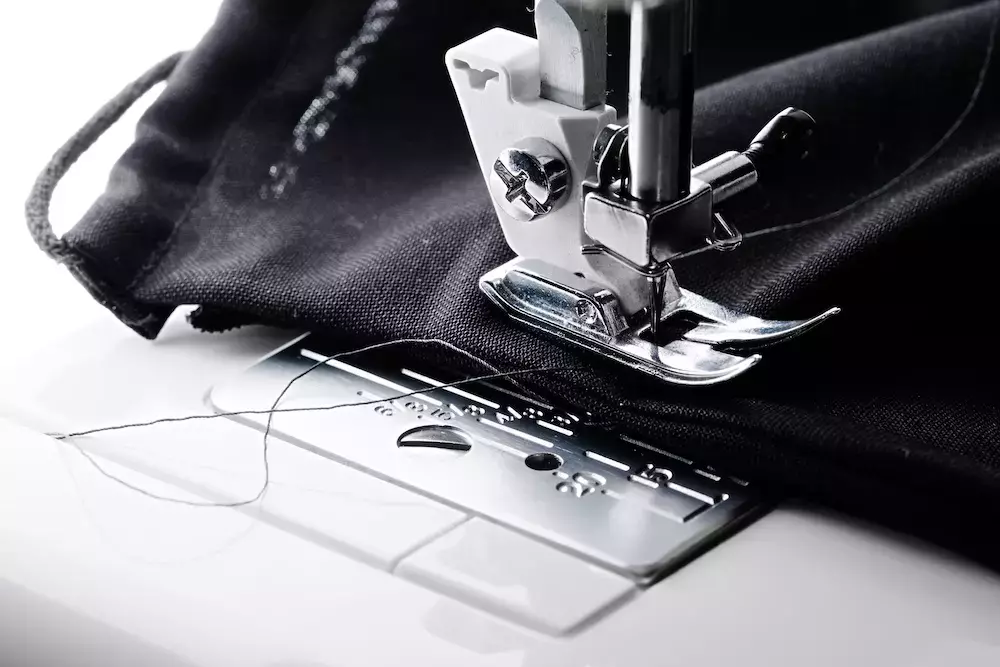How to Lock a Stitch Without Reverse
2022-04-26
Yes, it’s possible to use a sewing machine without reverse! Let’s say you’re using an industrial sewing machine, for instance. Or perhaps you have the opportunity to use a vintage sewing machine made before backstitch reverse settings were common. Either way, knowing how to lock a stitch without engaging reverse is a handy skill to have.
Were Stitches Not Locked Before Reverse Existed?
In some cases, there’s no need to do a backstitch, such as when several stitches will cross each other at a later point. Also, people relied on techniques that required more skill than running a piece through the machine a second time. Here’s an interesting fact: backstitch-capable sewing machines were invented in 1830 but weren’t patented for fear of putting seamstresses out of work!
Method 1: Rotate
Insert your garment facing the opposite direction from how you’re going to sew it together. Put in two or three stitches and stop with the needle down. That needle creates a handy pivot point to rotate the piece 180 degrees. Now, sew your stitch as normal. Once you reach the end of your seam, reverse the garment, sew two or three stitches in the opposite direction, and snip your thread. It should look no different than a stitch done on a machine with reverse capability.
Method 2: Pull Back
Let’s say you don’t have the luxury of rotating your garment. It may be too bulky, long, or even too fragile at this point in the process. In this case, you’ll sew two or three stitches as in the “rotate” method. Then, raise your foot and needle, pull the garment back the distance of the stitch you just made, then sew your full stitch. When you reach the end, repeat the process. Raise foot and needle, pull the piece back, sew two or three stitches, then snip your thread.
Method 3: Hand Knot
With this method, you’ll get the neatest results. There’s no special technique to start – just sew the seam as you would normally. Then, raise your needle and foot, pull the garment away, and cut the thread with enough left to be able to hand-tie a knot. Flip the garment over and pull on the end of the thread sticking out. This will pull up a loop of thread from the other side. Use a sharp tool to pull this loop until the thread comes out.
You’ll now have two tails that can be tied in a couple of overhand knots. Cut off your excess and flip the garment over again so that you’re looking at the top. The stitch will be clean-looking and attractive!
Get Everything You Need at Goldstar Tool
Whether you use these backstitch techniques or not, you can still get all of your sewing supplies at Goldstar Tool!





